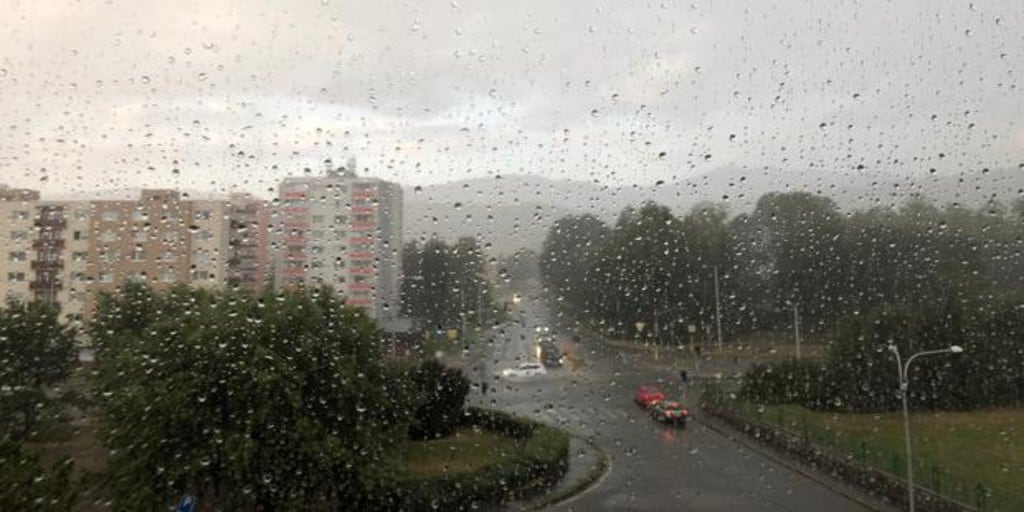Save
We have all perceived on more than one occasion the typical smell caused by rain when it falls, especially after a long period of drought, despite the fact that rainwater itself has no smell. This characteristic, musky and fresh odor is known as ‘petricor’. Etymologically this word derives from the Greek ‘petros’, stone, and ‘ikhor’, ethereal fluid.
And it is that for the ancient Greeks ‘ikhor’ was the blood of the gods. They were convinced that the veins of their divinities ran ‘ikhor’ instead of blood.
In 1964 a group of Australian researchers documented for the first time the chemical process that causes petrichor, stripped it of all mythological tinges and concluded that it was a combination of aromatic chemical compounds, among which were essential oils from plants and a substance secreted by actinobacteria known as geosmina.
the scent of the earth
In the 2010s, scientists at the Massachusetts Institute of Technology (MIT) went a step further by studying the mechanics of the process. They discovered that when raindrops fall on the ground, they facilitate the release of geosmin and other petrichor compounds present there, which end up being dispersed in the form of aerosols with the help of the wind.
If the rain falls abundantly, the aroma of petrichor will be more intense and if, in addition, a strong wind blows, you will be able to travel to remote areas where the rain has not yet arrived. Once the storm has passed, and the ground is dry, the smell disappears.
Geosmin (formed by ‘smina’, aroma, and ‘geo’, earth), is produced mainly by a bacterium belonging to the genus of actinobacteria called Streptomyces coelicolor.
Camel and Insect GPS
It has been calculated that our sense of smell is very sensitive to this molecule and that we are able to detect it in an environment where there are only five parts per billion. It is a scent that, without a doubt, we find very pleasant. Some scientists argue that, in order to explain this fact, we must go back millions of years, when our ancestors lived in the African savannah. In that environment, geosmin was tremendously important to detect the presence of water and, somehow, the message has remained anchored in the reward circuits.
Geosmin is also implicated in the survival of camels, animals that use it as a GPS to find water. Scientists have documented migrations of camelids in the dry Gobi desert -of more than 80 km- in search of oases. In this way, bacterial geosmin would be involved in their survival.
Once the camels have reached the oasis, they spread the spores wherever they roam, favoring their transmission. Now, what would happen if the geosmin gene mutated? It could be terrible for the survival of these animals.
In addition to these ungulates, other animals have been discovered that are also attracted by the smell of geosmin, the greatest scientific evidence has been found in some insects. It is precisely this attraction that some amazon flowers to ensure their survival. They are capable of generating a singular aroma that makes certain insects believe that these plants have water, so that their escape ‘accidentally’ would help in the pollination process.
Geosmin could also help us fight four diseases: yellow fever, dengue, zika and chikungunya. And it is that the mosquitoes Temples of the Egyptians, implicated in these four pathologies, have a special sensitivity to humidity (hygrosensation) at the time of laying their eggs. The presence of geosmin helps females to find the most suitable environment. For this reason, some scientists are studying the possibility of using geosmin to create oviposition traps.
Pedro Gargantilla is an internist at El Escorial Hospital (Madrid) and the author of several popular books.
–

